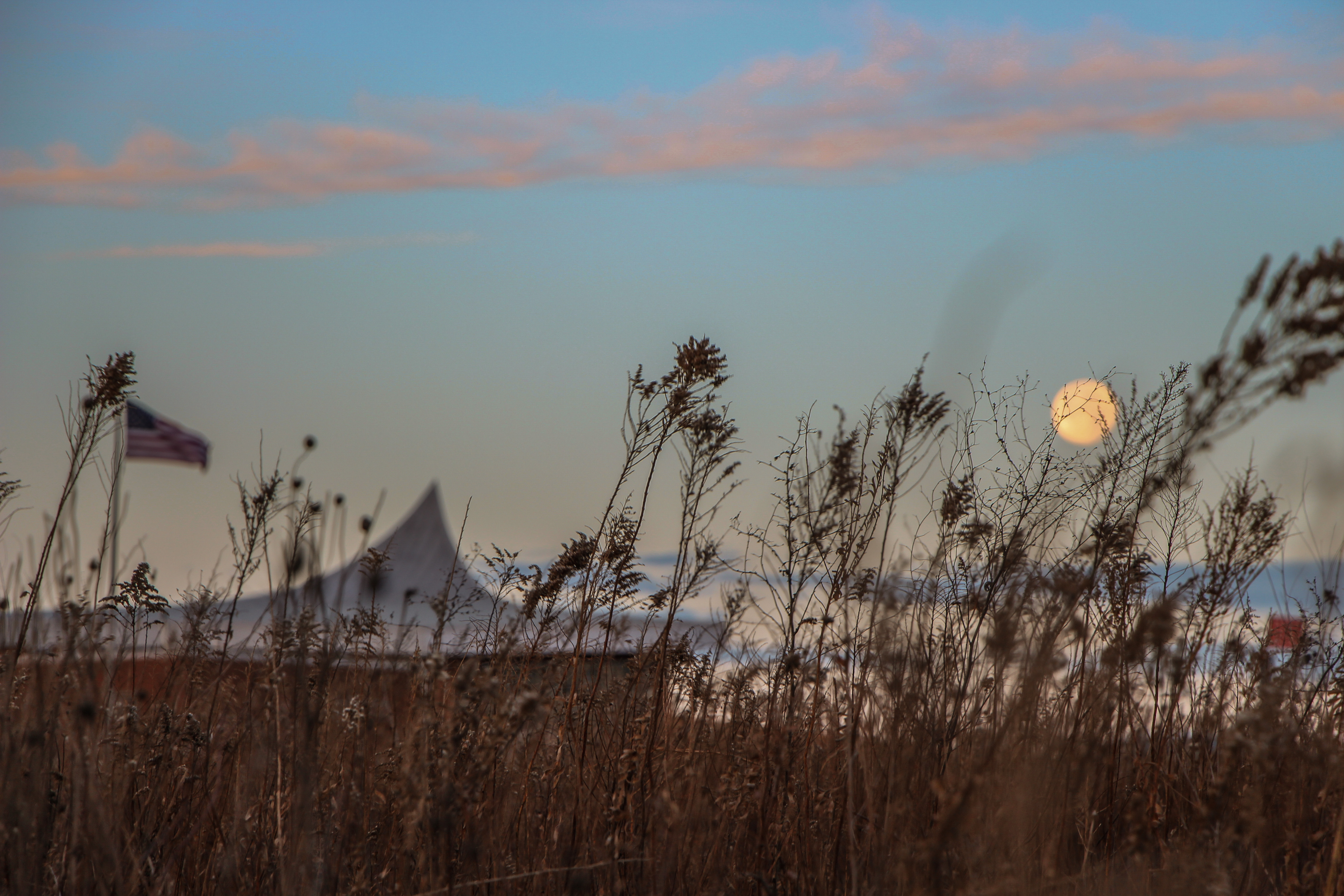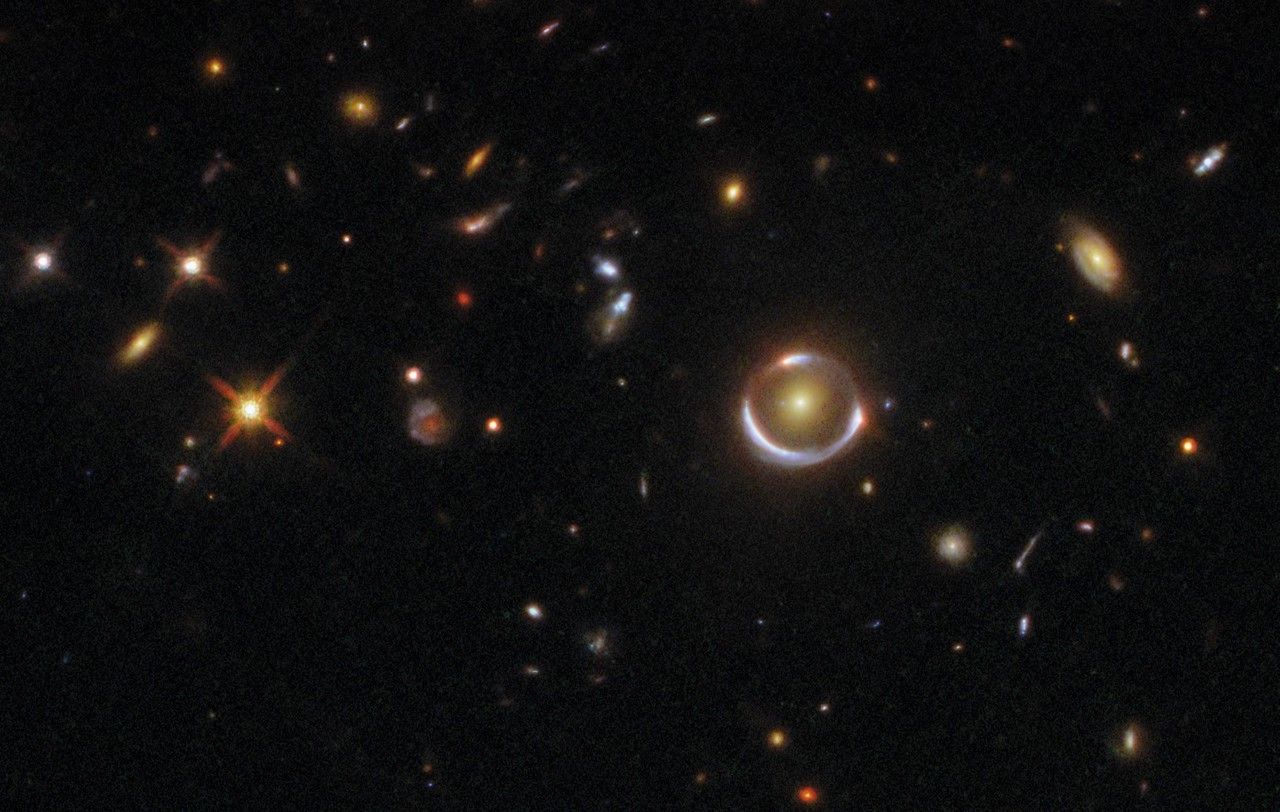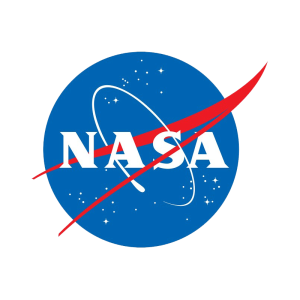On Jan. 30, 1973, NASA formally announced the American crew for the Apollo-Soyuz Test Project (ASTP), the first joint human spaceflight between the United States and the Soviet Union, planned for July 1975. The prime crew consisted of Commander Thomas P. Stafford, Command Module Pilot (CMP) Vance D. Brand, and Docking Module Pilot (DMP) Donald K. “Deke” Slayton, with the backup crew of Alan L. Bean, Ronald E. Evans, and Jack R. Lousma. In May 1973, the Soviets named their prime crew of Commander Aleksei A. Leonov and Flight Engineer Valeri N. Kubasov, with Anatoli V. Filipchenko and Nikolai N. Rukavishnikov serving as backups. The American and Soviet crews first trained together at NASA’s Johnson Space Center (JSC) in Houston in July 1973.
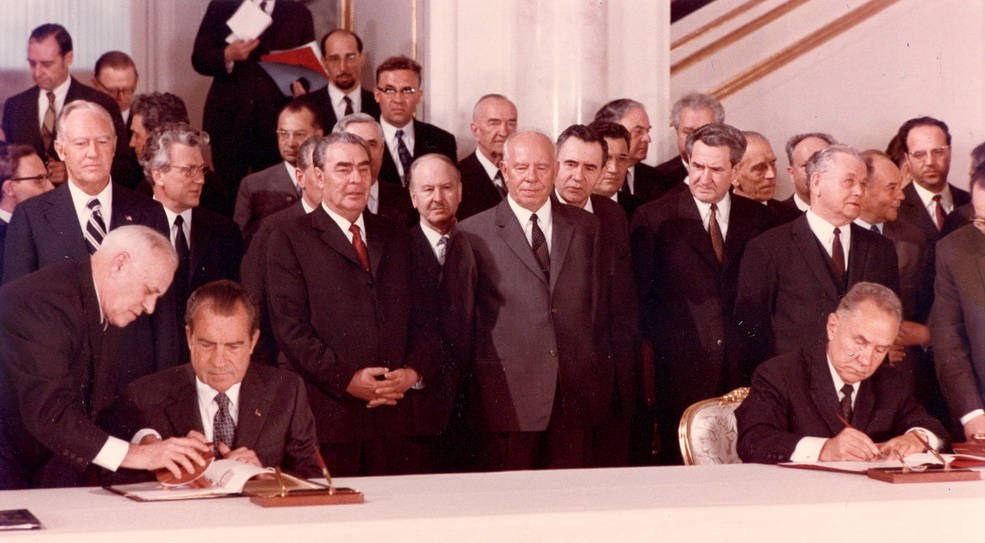
At the summit meeting in Moscow in May 1972, U.S. President Richard M. Nixon, left, and
Soviet Premier Aleksei N. Kosygin sign the agreement on space cooperation that led
to the Apollo-Soyuz Test Project.
Following a decade of lower-level collaborative efforts between the two space powers and two years of detailed discussions on a common docking system, President Richard M. Nixon and Soviet Premier Aleksei N. Kosygin signed the “Agreement Concerning Cooperation in the Exploration and Use of Outer Space for Peaceful Purposes” in Moscow in May 1972. That agreement led to the creation of ASTP, in which an American Apollo spacecraft carrying three astronauts would dock in orbit with a Soviet Soyuz spacecraft with two cosmonauts onboard. An androgynous docking system made the docking between the two dissimilar spacecraft possible, and a docking module enabled two days of crew exchanges by serving as an airlock since the Apollo and Soyuz operated at different atmospheric pressures and compositions.
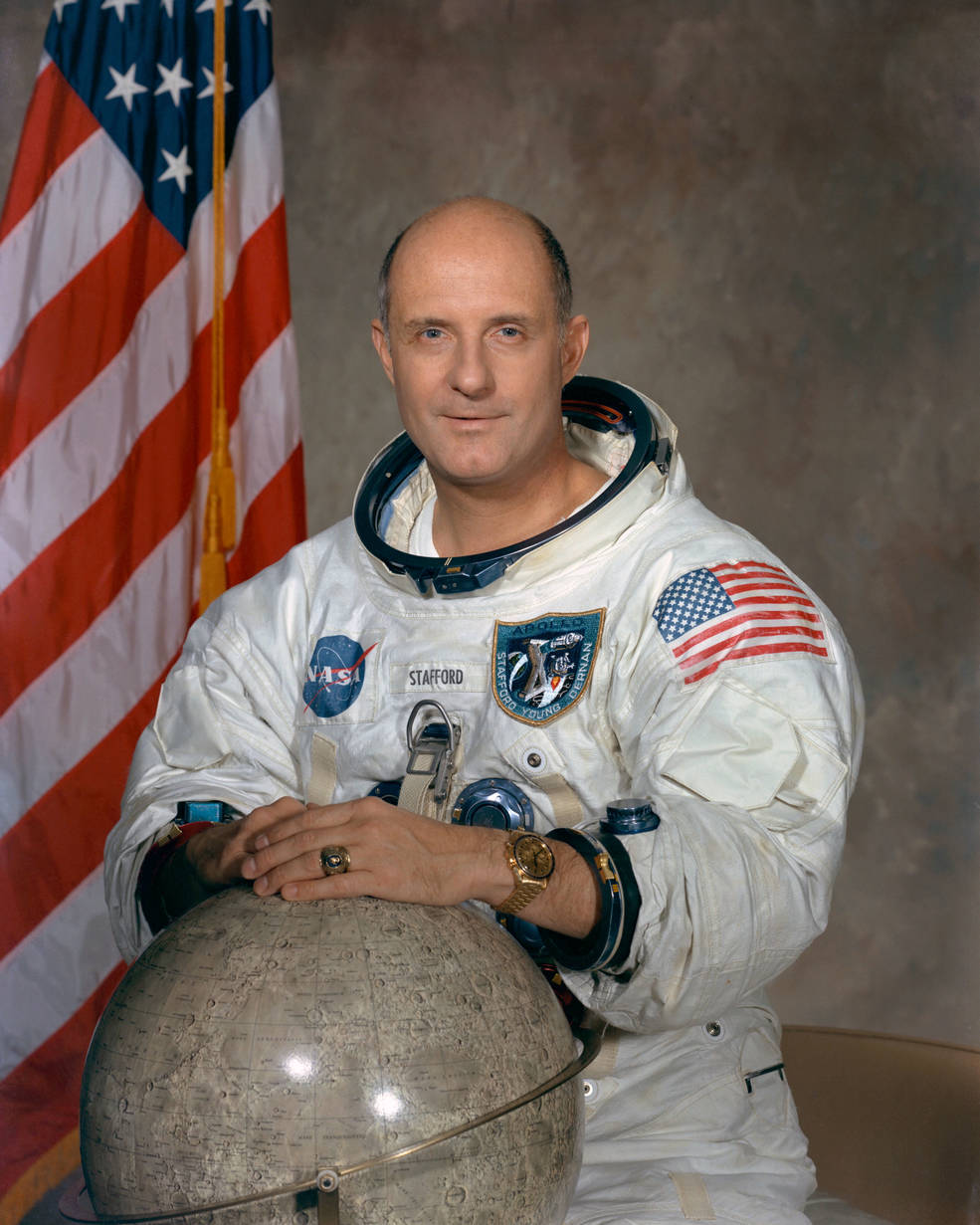

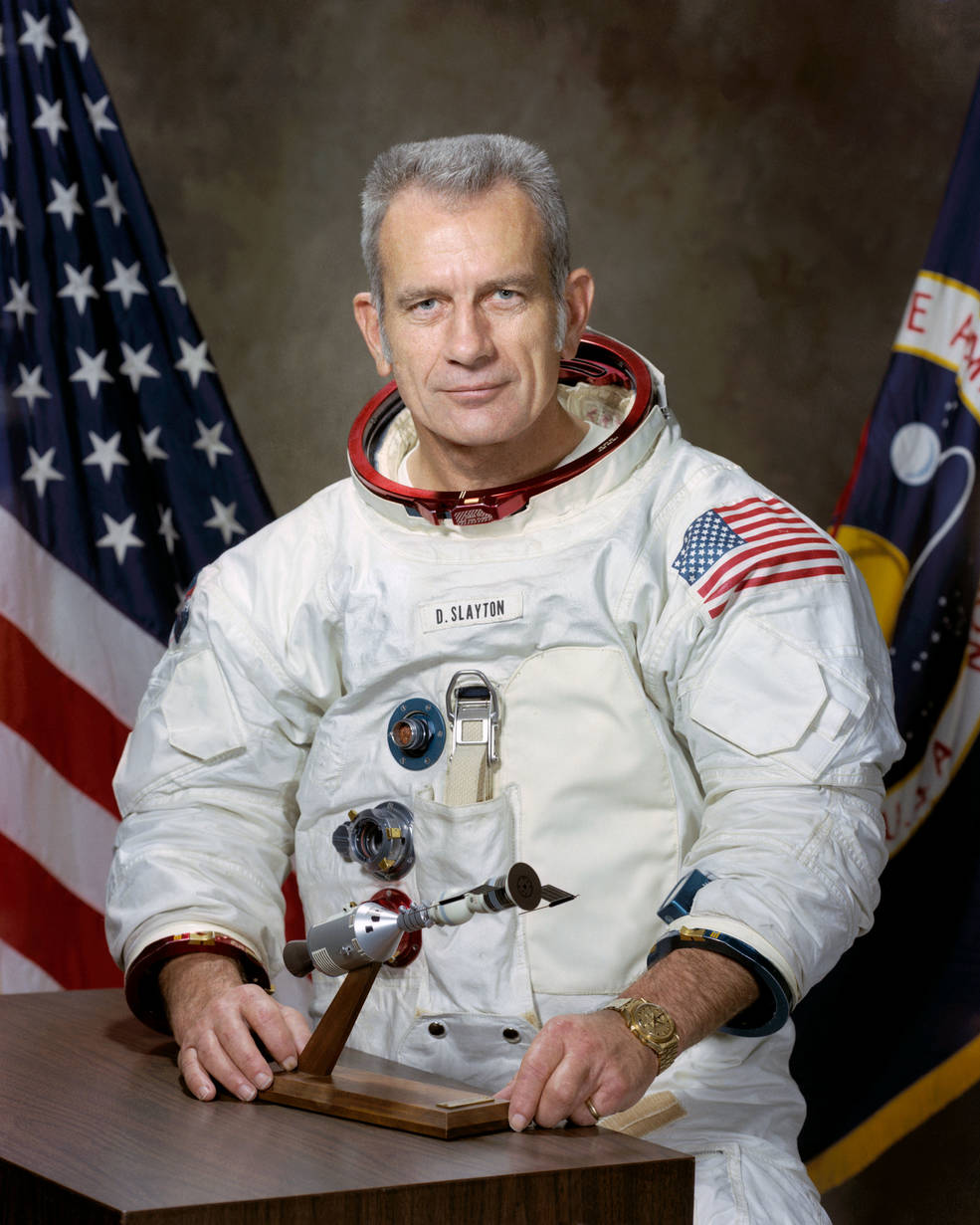
The prime American crew for the Apollo-Soyuz Test Project, Thomas P. Stafford, left,
Vance D. Brand, and Donald K. “Deke” Slayton.
Stafford, selected as an astronaut in 1962 and a veteran of three space missions, had flown on Gemini VI in 1965, Gemini IX in 1966, and Apollo 10 in 1969, the dress rehearsal flight for the first Moon landing. Brand, selected as an astronaut in 1966, had yet to make his first spaceflight, although he served as a crew member for the week-long Apollo 2TV-1 vacuum chamber test in June 1968 and as backup CMP for the Apollo 15 Moon landing mission and was assigned as the backup commander for the Skylab 3 and 4 missions. Slayton, although selected as one of the original Mercury 7 astronauts in 1959, had not yet made his first spaceflight. In March 1962, a heart condition grounded him two months before his planned first mission, and had only returned to flight status in March 1972.
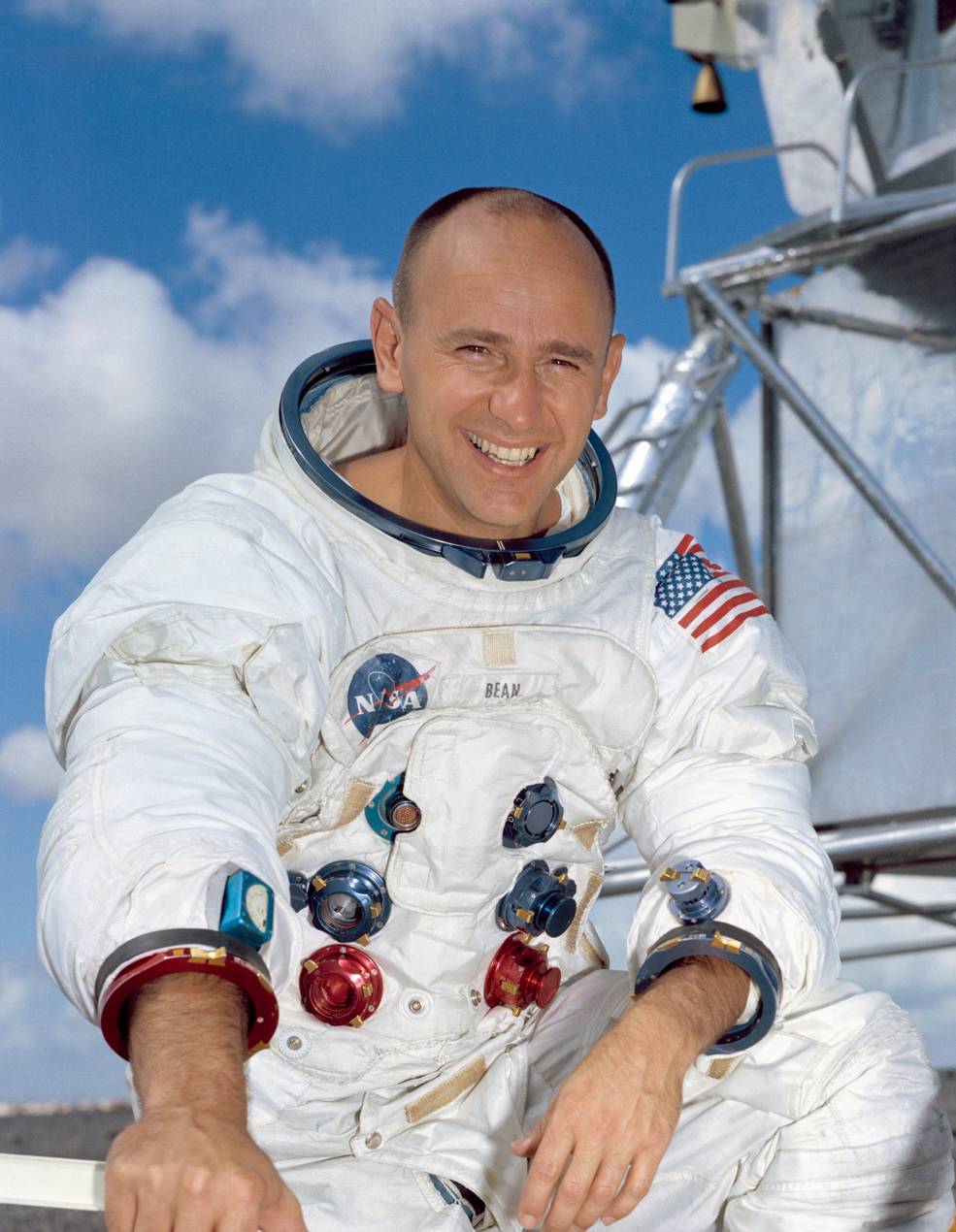
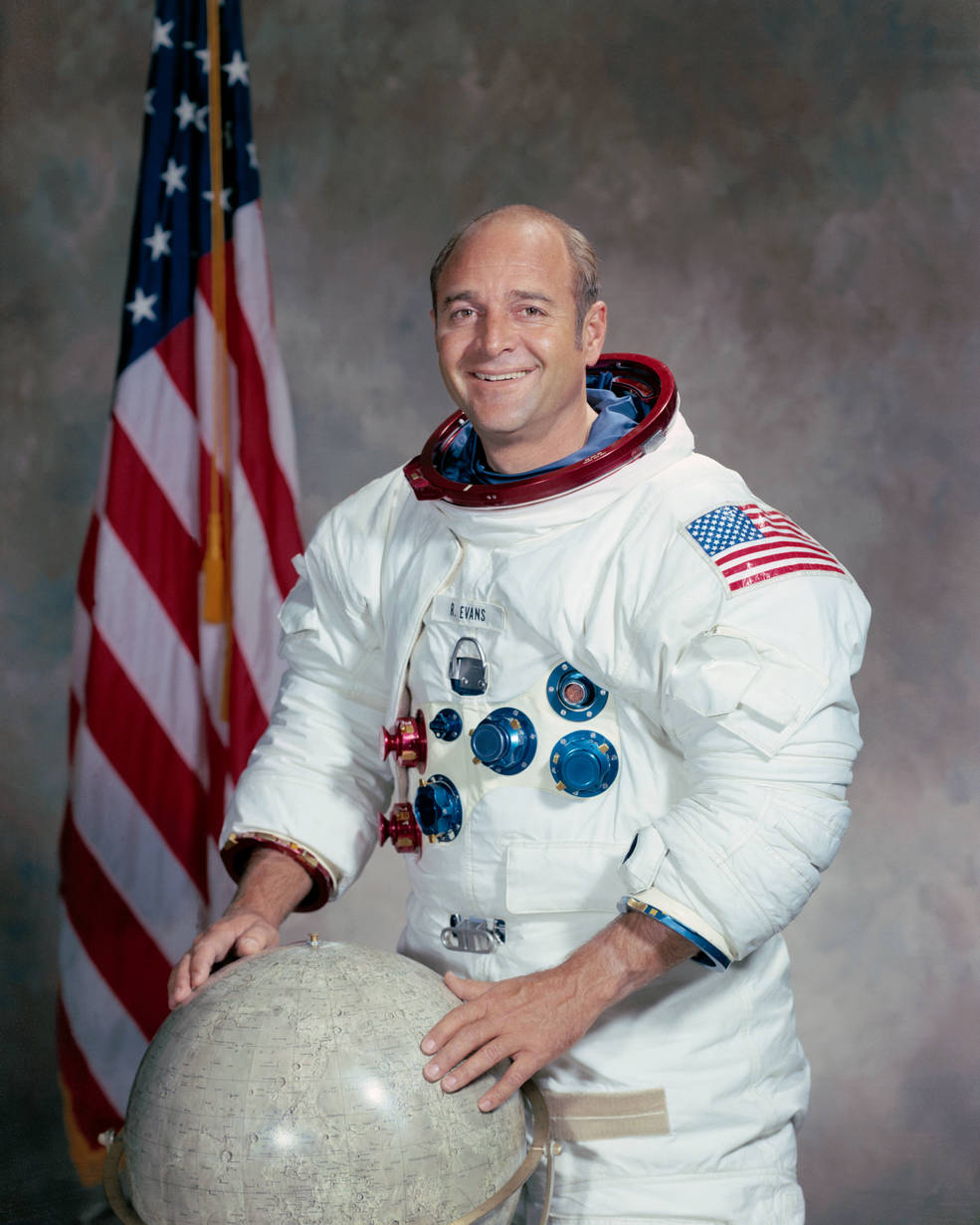
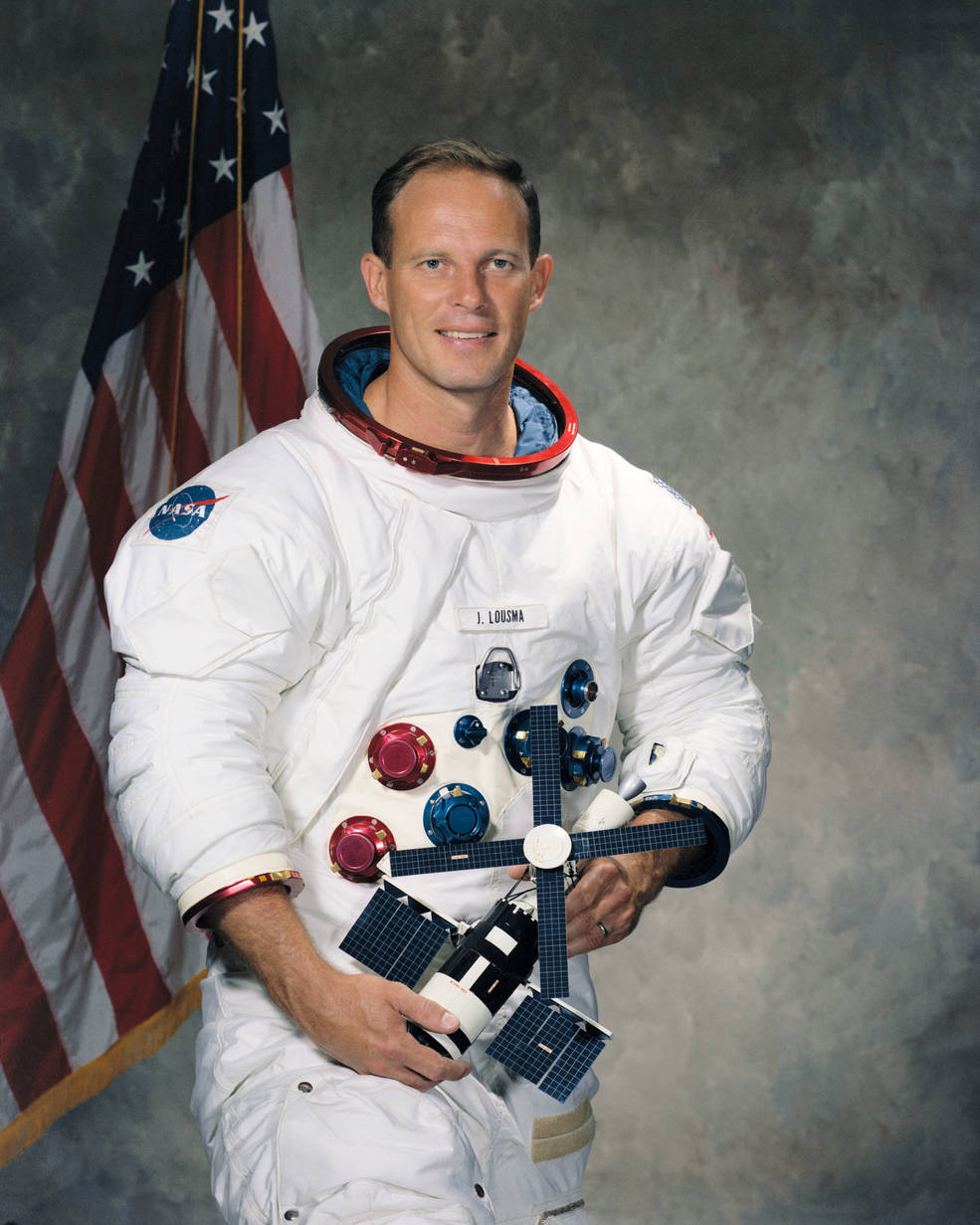
The backup American Apollo-Soyuz Test Project astronauts Alan L. Bean,
left, Ronald E. Evans, and Jack R. Lousma.
The backup American ASTP crew consisted of Alan L. Bean, Ronald E. Evans, and Jack R. Lousma. Bean had served as Lunar Module Pilot during the Apollo 12 mission in November 1969, conducting two lunar surface traverses, and at the time of this selection was preparing to command the second Skylab crew on a two-month mission launching in July 1973. Evans had just returned to Earth in December 1972 after serving as CMP on Apollo 17, the final Apollo Moon landing mission. Lousma had yet to make a spaceflight but was in training to fly with Bean on the second Skylab mission. To serve as support crew members to assist the flight crews in training and test activities, NASA assigned astronauts Richard H. Truly, Robert F. Overmyer, Robert L. Crippen, and Karol J. “Bo” Bobko. All four had transferred to NASA in August 1969 from the U.S. Air Force’s Manned Orbiting Laboratory following that program’s cancelation two months earlier.
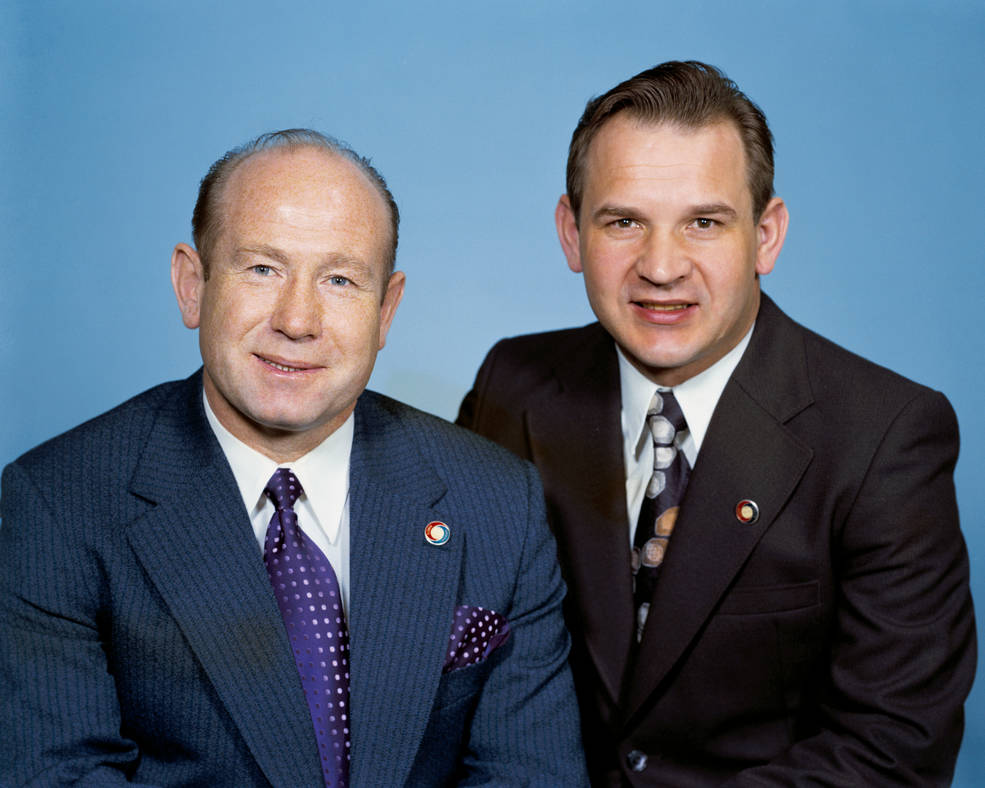
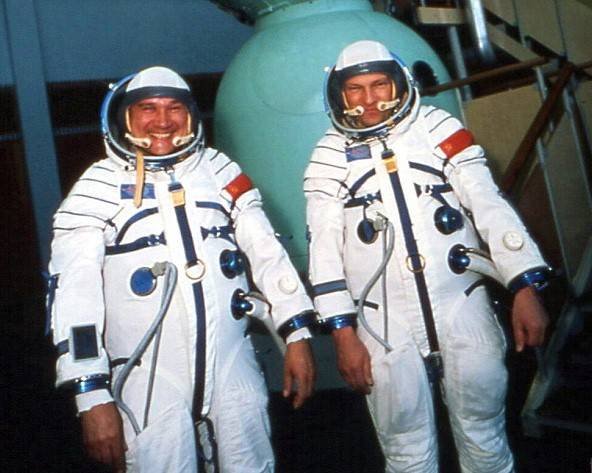
Left: The first (prime) Soviet ASTP crew, cosmonauts Aleksei A. Leonov, left, Valeri N. Kubasov.
Right: The second (backup) Soviet crew, cosmonauts Anatoli V. Filipchencko, left, and
Nikolai N. Rukavishnikov. Image credit: Courtesy Roscosmos.
The Soviets announced their crews for ASTP on May 24, 1973. Selected in the first cadre of cosmonauts in 1960, commander of the first crew Leonov conducted the world’s first spacewalk during his first flight, Voskhod-2 in March 1965. Kubasov, selected as a cosmonaut-engineer in 1968, completed his first space mission, Soyuz-6 in October 1969, part of the first, and so far only, triple human spaceflight. Filipchenko commanded Soyuz-7, the second flight of that triple mission, while Rukavishnikov flew aboard Soyuz-10 in April 1971 and docked with the Salyut space station but a problem with the docking mechanism prevented that crew from occupying the orbiting laboratory. The Soviets assigned four rookie cosmonauts, Vladimir A. Dzhanibekov, Boris D. Andreyev, Yuri V. Romanenko, and Aleksandr S. Ivanchenkov, as backups, breaking with their tradition of not announcing new cosmonauts until they successfully launched. The first joint crew training session between the American and Soviet crews took place in July 1973 at JSC in Houston.
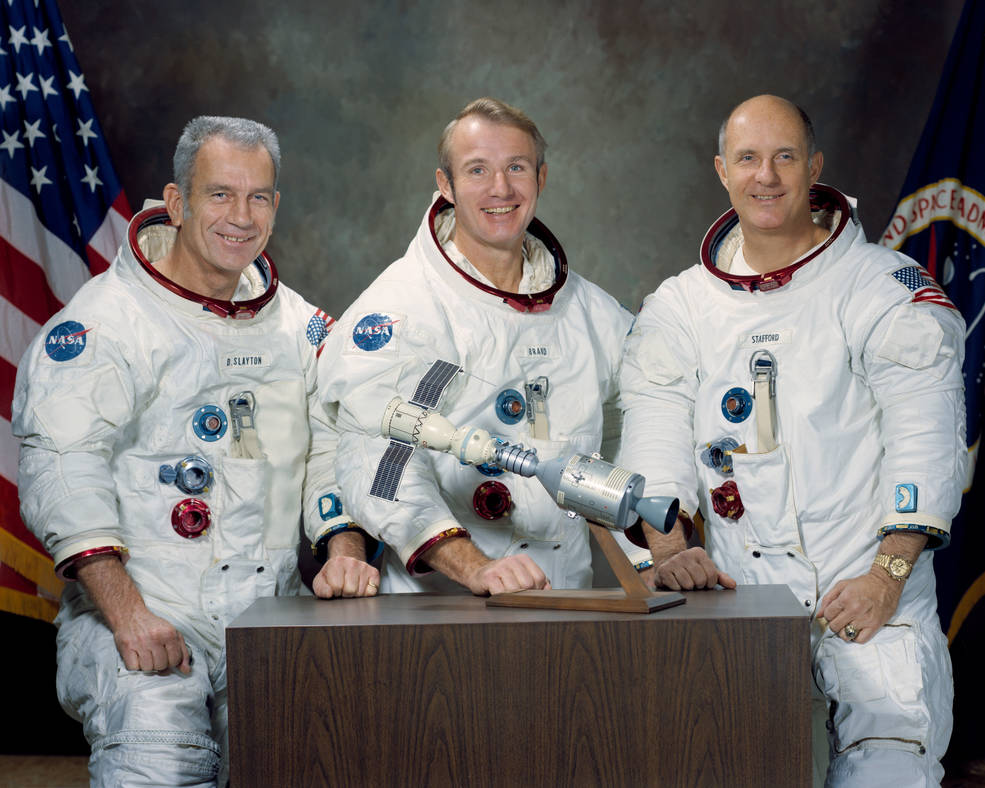
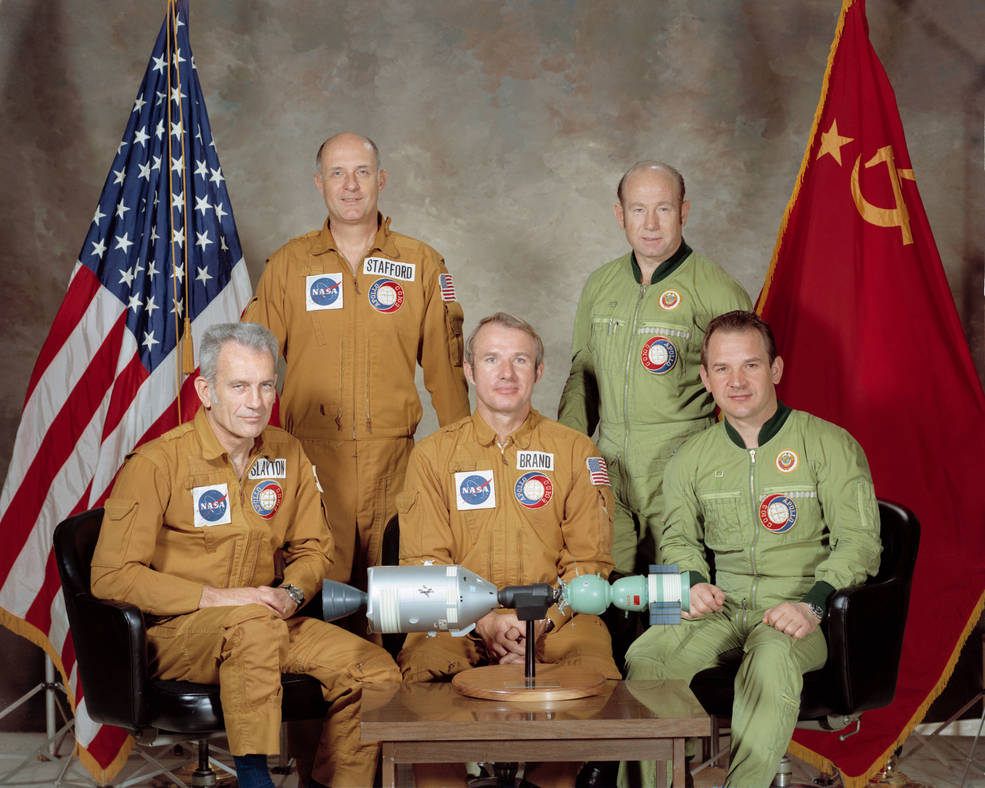
Left: The American ASTP crew of Donald K. “Deke” Slayton, left, Vance D. Brand, and
Thomas P. Stafford. Right: The joint ASTP crew of Slayton, Stafford, Brand,
Aleksei A. Leonov, and Valeri N. Kubasov.









